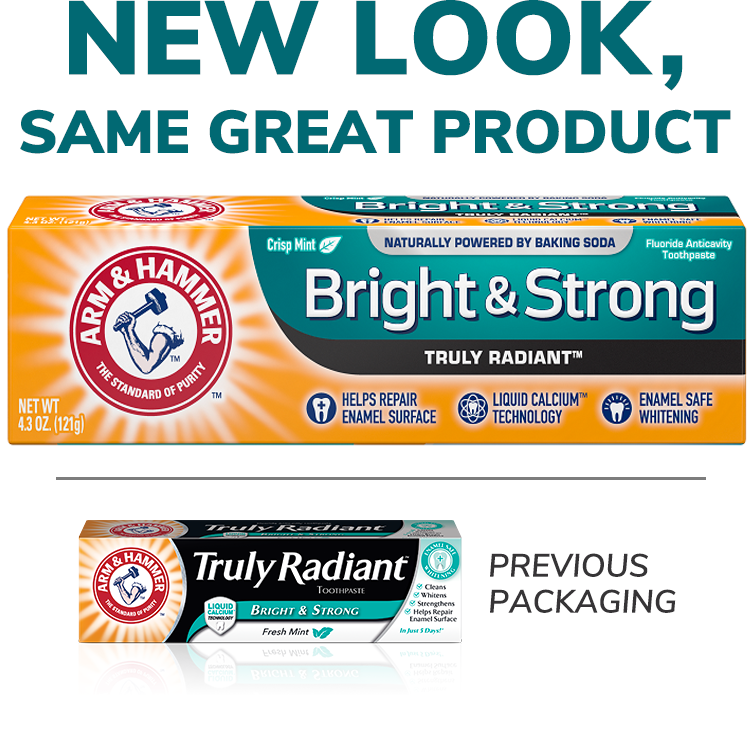While parents impress upon their kids to brush twice a day, around 50% of adults don’t practice what they preach. Inconsistent brushing can lead to cavities and gum issues that can be costly, so sticking to a brushing and flossing routine can keep your mouth healthy and procedure-free.
Another way to save? Go in for your regular cleanings. This gives your hygienist the chance to clean in ways you can’t, and for your dentist to find small problems before they become bigger ones. After all, filling a cavity is much less expensive than the root canal, crown or extraction it can turn into — if not treated.



